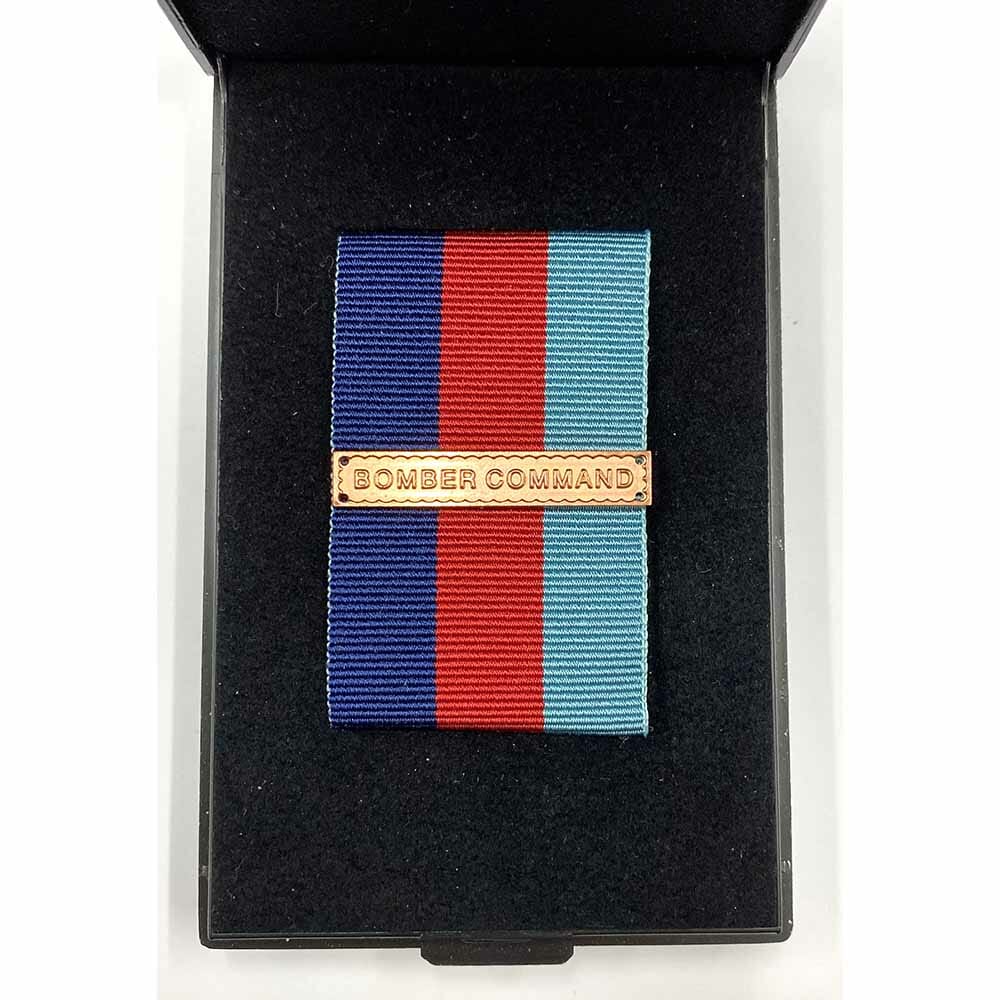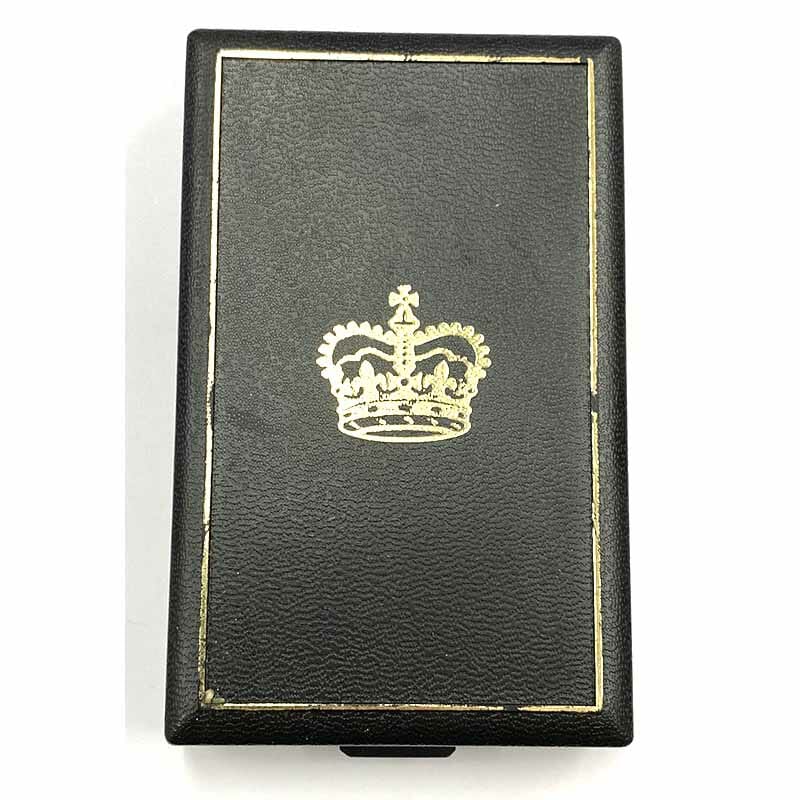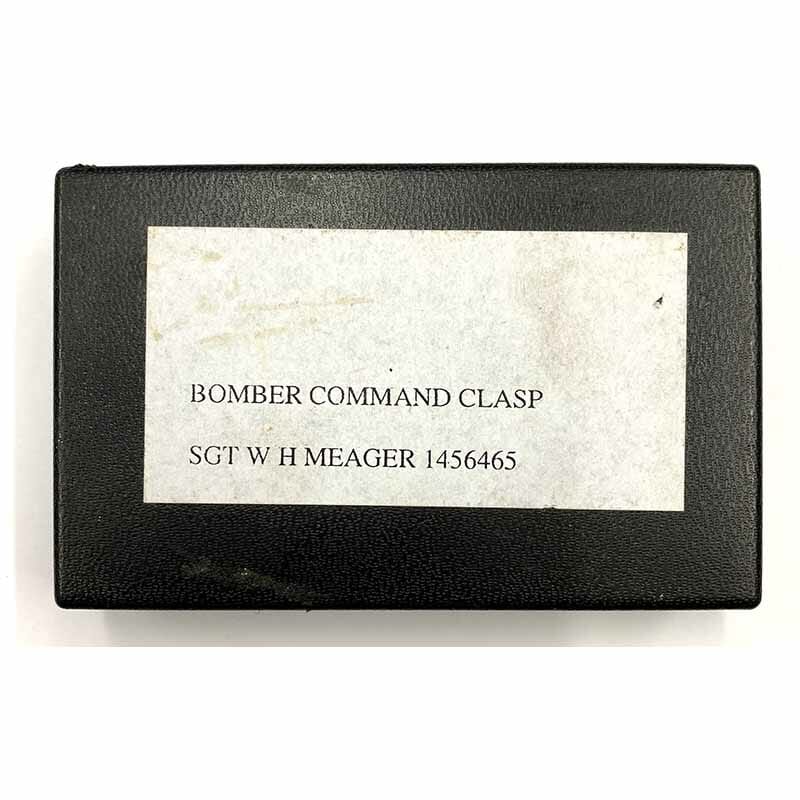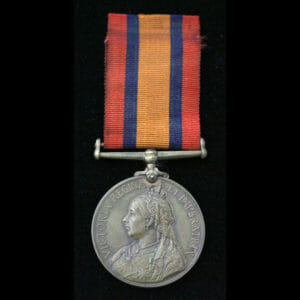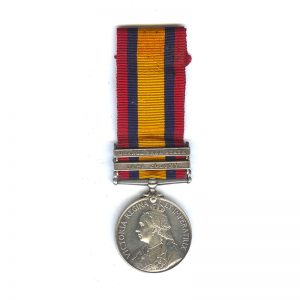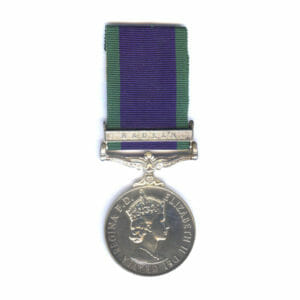Description
Bomber Command Clasp, extremely rare and in original plastic labelled box of issue to 1456465 Sgt W.H. Meager, Royal Air Force
William Harry “Bill” “Lofty” Meager, enlisted in the Royal Air Force Volunteer Reserve on 25th August 1941 as an Aircraftsman 2nd Class. Later promoted to Sergeant on 14th May 1944.
The whole story of him and his crew is very well assembled on aircrewremembered.com, a link to read the article is below
At the time of his death he was running bombing operations with No 463 Royal Australian Air Force Squadron.
On the night of 11-12th September 1944 Lancaster I LM242 took off from RAF Waddington to bomb Darmstadt, however the report reads that “The bombers were mostly intercepted over the target area at least 15 allied aircraft were shot down and 2 German Night Fighters were claimed by the Bomber Gunners, a further 3 were shot down by support mosquitos.
Sgt Meager was the Flight Engineer in a crew of 7, he was unfortunate to be the only casualty of his crew, the other 6 remarkably surprised the attack and crash, but were then taken as prisoners of war in various different camps.
The details of the night are recounted in the book “Nightfighters” by David P. Williams which read:
“While circling the periphery of the city, the difficult task of locating one of the 226 bombers was made easier when one of the lancasters was caught in the glare of a searchlight 20km north of Darmstadt’s centre. Flying at an altitude of 2,400m, the crew of the Lancaster was unaware that a German night fighter had latched on to them and was now discreetly shadowing their aircraft. This particular Lancaster was on it’s homeward journey having already dropped its deadly cargo on the city.
The crew, much relieved at having completed the bomb run and now being on their way home, were oblivious to the dark form which was now directly behind them. Positioning his aircraft beneath the Lancaster, an excited Lt Spoden carefully adjusted the airspeed for his machine to match the bomber and opened fire.
The devastating and withering fire from the JU88 20mm cannon ripped through the doomed Lancaster setting it on fire and thus sealing its fate. Barely 6 minutes later, at 00:18 hours, Schmiedler, the Funker (Radar Operator) picked up an echo on his radar screen of an aircraft flying at 3.000m This machine, identified as another Lancaster, was stalked and then despatched in the same way as its unfortunate predecessor, crashing in flamed 30km from Darmstadt.”
Further information from the MoD records the grisly details of recovering his body in Germany:
“A Missing Research and Enquiry Unit was sent to Neu Isneberg
